In the fast-paced world of business operations, leveraging automation tools can prove to be a game-changer. Zapier, a platform designed to connect diverse applications and automate workflow, stands out as a highly effective solution for beginners and experienced users alike. With over 5,000 apps available, understanding how to navigate Zapier can help your business run more smoothly, reduce errors, and optimise time management. This guide will introduce you to the basics of setting up Zapier automations tailored to specific business needs.
Understanding Zapier: What is a Zap?
Before diving into the setup process, it’s crucial to understand what a ‘Zap’ is. In Zapier terminology, a Zap is an automated workflow that connects your apps and services. Each Zap comprises a trigger and one or more actions. Once the trigger event occurs, Zapier automatically completes the defined actions for you.
Step 1: Identifying Automation Opportunities
Begin by assessing your routine tasks and identifying repetitive processes that can benefit from automation. Consider data entry tasks, sending follow-up emails, or integrating your CRM with marketing platforms. According to a report by InData Labs, automating such processes can boost productivity by up to 30% and reduce human error by over 50%. Keep these potential benefits in mind as you identify tasks appropriate for automation.
Step 2: Setting Up Your Zapier Account
Visit Zapier’s website and sign up for an account. A free account is available, which supports up to five single-step Zaps—ideal to start with. As your needs grow, you might consider upgrading to premium plans for multi-step Zaps and other features.
Step 3: Creating Your First Zap
Once your account is ready, click on “Make a Zap” on Zapier’s dashboard to begin. You’ll start by selecting a trigger app—a software tool you use regularly from over 5,000 options. For example, if you’re automating new lead entries into your CRM, your trigger might be new entries in Google Sheets or a form submission from Typeform.
Step 4: Choosing a Trigger Event
Determine the event that occurs in your trigger app to activate the workflow. For instance, if your trigger app is Google Sheets, the trigger event could be “New Spreadsheet Row”. Set up the trigger by connecting your account from the chosen app to Zapier and granting permissions.
Step 5: Setting Up an Action
Now that the trigger is set, you need to define what happens next—the action. Choose an action app. For example, you might choose to have new leads automatically added to a CRM like Salesforce or HubSpot, or send a welcome email via Mailchimp.

Step 6: Configuring the Action
Select the specific action event, such as “Create Record” or “Send Email”. As with the trigger app, you’ll need to connect your action app account. Configure how the data is to be utilised within the app. Using the previous example, map the data fields from your Google Sheets into corresponding CRM fields.
Step 7: Testing Your Zap
Before making the Zap live, test it to ensure everything works as expected. Click on “Test” to trigger the workflow. If it runs smoothly, Zapier’s test interface will confirm the successful completion of the workflow. If there are any errors, Zapier provides details, allowing you to troubleshoot and refine the process.
Step 8: Activating Your Zap
Once satisfied with your tests, you can activate your Zap by clicking “Turn on Zap”. From now on, this automated workflow will run in the background, saving you time and reducing the likelihood of error.
Best Practices for Zapier Automation
To maximise efficiency and minimise complexity, follow these best practices:
- Start Small: Begin with simple Zaps. As you grow more comfortable, incrementally build complexity.
- Regular Reviews: Periodically review and optimise your Zaps to ensure they still align with your evolving business needs.
- Documentation: Keep a record of your Zaps with comments describing their purpose. This is particularly helpful if multiple team members are involved.
- Monitor Tasks: Utilise Zapier’s dashboard to monitor your tasks and troubleshoot any issues promptly.
Real-World Examples of Zapier Automation
Many companies successfully utilise Zapier to simplify tasks. For instance, a small e-commerce business uses Zapier to streamline order processing by connecting their online store with inventory management and shipping platforms, reducing manual entry errors and freeing up the team’s time to focus on customer service. A marketing agency leverages Zapier to automatically curate and post social media content, keeping their clients’ social profiles active without constant manual input.
Data from Capgemini suggests that automating sales and operations can lead to a 60% reduction in processing times, presenting significant cost savings opportunities for businesses willing to harness automation.
As you explore how automation can improve your company’s efficiency, consider the various possibilities across different departments and functions. Whether enhancing customer interaction, refining internal processes, or improving data accuracy, Zapier offers tools to assist in achieving these objectives efficiently.
Take the next step in optimising your business processes with Pineo’s expert guidance on leveraging Zapier automations. Visit our website today for more information on how Pineo can support your business’s journey towards increased productivity and operational excellence.





